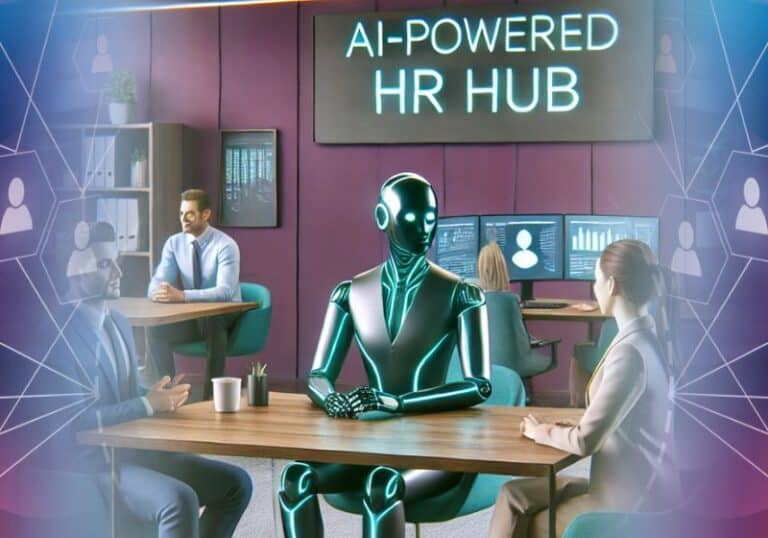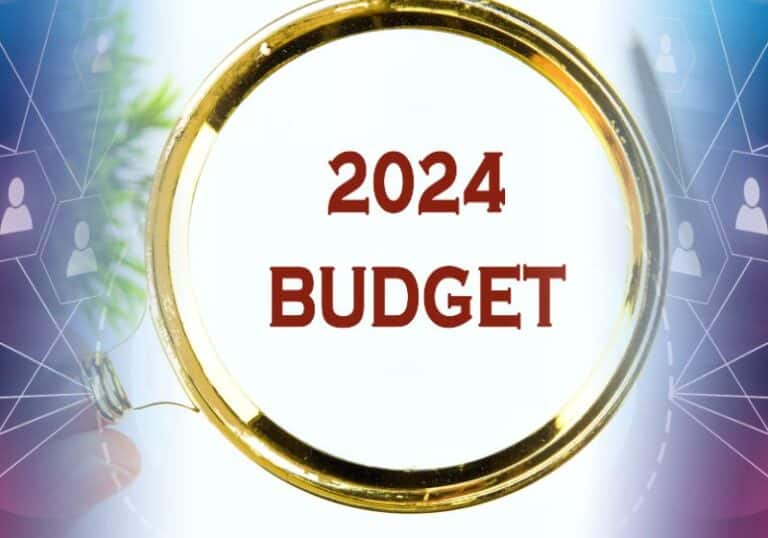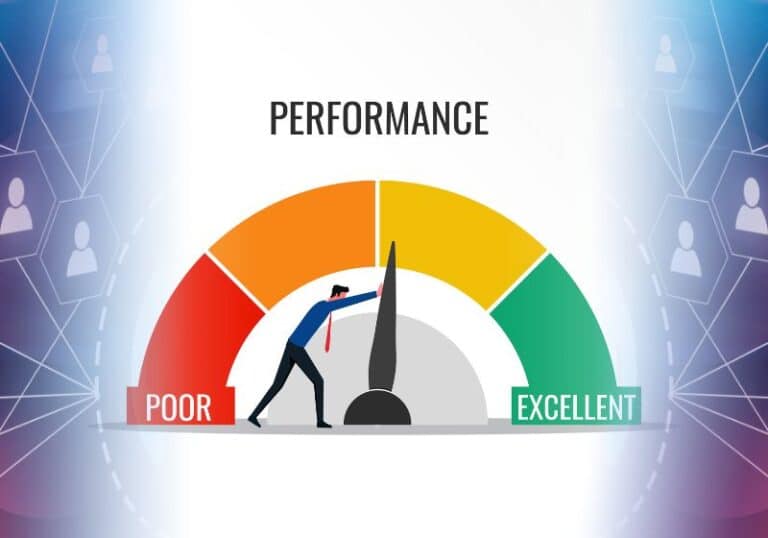The Impact of AI: Transformations, Predictions, and Implications

The advent of Artificial Intelligence (AI) has called forth a new era of technological disruption that is reshaping industries and economies – even the very nature of human life itself – like a tidal wave, unstoppable and unyielding. In much of the developed world, AI is playing an increasingly prominent role in the workforce, offering unparalleled opportunities but also dangers hitherto unknown. As such, there’s no better time to discuss the impact that it has already had on the world of work, and what further changes are foreseeable in future.
The Current State of AI: Revolutionising the Workforce
The adoption of AI technology has exploded. An astonishing 80% of businesses surveyed by the Institute for the Future of Work (IFOW) back in September revealed that they were now using AI, robotics or automation technology[1].
The ramifications for business are far-reaching and inescapable. Put simply, companies will either adapt to the advent of AI or face obsolescence and irrelevancy. IFOW’s study shows that this swift change isn’t limited to any one sector, and that even businesses that broadly fall under the banner of ‘creative’ industry are slowly but surely succumbing to the allure of generative AI programmes such as Chat GPT and Midjourney.
Machines that Learn
Just last week, Prime Minister Rishi Sunak held the world’s first AI Safety Summit at the famous Bletchley Park, site of World World Two’s Enigma machine codebreaking team. The most famous of those codebreakers, Alan Turing, was a man with a peculiar foresight.
He spoke of artificial intelligence when the concept had barely been dreamt of, and had a stark warning for the future: “It seems probably that once the machine thinking method had started, it would not take long to outstrip our feeble powers… They would be able to converse with each other to sharpen their wits. At some stage therefore, we should have to expect the machines to take control”.
Those fears are fast approaching reality. At the safety summit, 28 countries, including the US, China and the EU, signed an agreement named The Bletchley Declaration which is designed to ensure AI is developed in a way that is “human-centric, trustworthy and responsible” and mitigate the potential displacement of jobs.
It’s easy to see why such an agreement is deemed necessary. Turing’s prediction is coming true before our very eyes. The complex algorithms that form AI process information far faster than any human could: and they’re getting better at it all of the time.
Smart Automation
This ability for AI to constantly and exponentially improve shouldn’t be underestimated. In the world of work, it means that AI-powered tools and automation systems can perform repetitive tasks with unrivalled precision and speed, freeing up human workers to focus on more complex and value-added activities. This has led to increased efficiency and cost savings for many businesses.
Take healthcare as an example. With AI-powered diagnostic tools, medical images can be scanned and processed faster and more accurately than with human professionals, and at a far greater volume. In manufacturing, robots equipped with machine learning algorithms can perform tasks like assembly, welding, and quality control with greater precision and efficiency. Or even finance: AI algorithms can detect fraud, assess risks and process trades in a far more macro way than any single individual ever could.
With these capabilities only the beginning of the AI revolution, it is essential to ask one critical question: how can workers compete?
Are Robots Taking People’s Jobs?
In a word: yes. According to PricewaterhouseCoopers (PwC), up to 10 million jobs in the UK could be replaced by robots in the next 15 years, some 30% of the total jobs in the country[2]. However, the amount of jobs that will be created is as yet uncertain.
The key thing for employers will be to learn how to accommodate AI alongside their current business model, and adapting their workforce to better suit the changing winds. Ignoring the issue will not make it go away: far from a fleeting trend, AI is here to stay, for good or ill.
How Can Employers Cope with AI?
AI Education: Understanding the Machine
The first and perhaps most important step for employers will be to get to grips with the concept of AI: to understand its abilities, its limitations and its applications. These differ from system to system, but, by demystifying the technology, employers can better understand how to get the best out of it.
What works for one business won’t for the next. Likewise, AI in one area of the business might stand to gain, whereas another will not. Ensure that your company takes a holistic, measured approach, as follows:
- Assess the areas that might stand to improve from greater automation and AI processes.
- Identify the tools that your business needs, and gather information as well as provide training on them for all relevant staff – including yourself.
- Initiate pilot programmes to test, re-test and adjust the technology so that you can find out what works for you.
- Ensure that the programs are fit for purpose before a full scale deployment.
- Record, review and reassess: once the technology has been implemented, it’s wise to construct metrics of performance so that you can have an accurate picture of what’s working – and what’s not.
Reskilling and Upskilling: Working Alongside AI
Another key aspect of dealing with AI in the workplace is the growing emphasis on reskilling (changing skillsets) and upskilling (acquiring new skills). Workers need to acquire new talents which are complementary to AI technologies, such as data analysis, problem-solving and digital literacy. Employers, educational institutions and government agencies are already collaborating to bridge the skills gap through training and education programmes, and it’s a wise idea for your business to do the same before it gets left behind.
It’s also important to consider the feelings and thoughts of your employees in the wake of this new technology. The advent of AI is already causing consternation among many who feel that their jobs might be at risk. However, by putting an emphasis on collaborating with it, by integrating AI as well as reskilling and upskilling, you can show to your employees that the goal is growth rather than replacement or redundancy.
Discover Data-driven Decisions
AI-driven analytics tools can analyse vast amounts of data to provide insights that aid decision-makers and provide business owners with a never-before-seen window into the choices that their key demographics make.
What does this mean in simple terms? It means that AI can process hundreds of thousands of reference points in order to create a more personalised service model. It means that what was once the laborious work of many hands – of collecting, analysing and interpreting data – can now be done in a fraction of the time.
AI algorithms can sift through vast amounts of data to identify patterns and trends, providing organisations with valuable insights, while its predictive capabilities enable businesses to anticipate future trends and make proactive decisions. In essence, AI empowers organisations to leverage their data in a way that is efficient, effective, and forward-thinking.
Consider the global retail giant, Amazon. They utilise AI extensively through their recommendation engine. By analysing vast amounts of customer data, the AI’s algorithms identify patterns and predict future buying behaviour. This enables Amazon to suggest products that customers are likely to be interested in based on their previous browsing and purchasing history.
For instance, if a customer often buys crime novels, the system may recommend the latest bestseller in that genre. As a result, Amazon can provide a more personalised customer experience, driving both customer satisfaction and sales. This is a practical illustration of how AI’s data-driven insights can directly influence a company’s profitability.
Indeed, many of us will have experienced that feeling that a certain product or piece of content is eerily relevant to what we want or need at a particular time. That feeling, that somehow even your own thoughts are being translated to a webpage, is the power of AI. And it is one that needs to be harnessed if you’re to stay ahead in the business world of tomorrow.
An AI-Powered Future?
With the impact that it has already had, we can expect more – much more – of the same in future. But what are the likely implications for business, and what concerns are raised by the spectre of an AI-driven economy?
Increased Automation
The future of work is poised to see extensive automation in many different industries, with jobs that were once thought outside the realm of mechanisation set to linger uncomfortably on the brink of transformation.
As an example already in motion from an area once considered safe, telecoms giant BT – the largest broadband and mobile provider in the country – is set to cut up to 55,000 jobs by 2030 (a staggering 40% of its workforce) according to Reuters[3]. The reason for the cuts? AI and a digital mini-revolution.
The Rise of the Gig Economy
We’re already seeing task-based companies such as Uber and Deliveroo achieve something of a surge in their usage, and that trend shows no signs of abating. Short-term contracts, fixed opportunities and freelance work are likely to grow ever further as AI platforms connect individuals with specific job opportunities.
While this may have advantages in terms of flexibility and work-life balance, it does raise concerns over matters such as job security, benefits and worker’s rights. With a future that leans towards a lack of fixed employment, how businesses respond is a question that as yet has no answers.
Artificial Inequality and Technological Unemployment
Another factor to consider is the effect that AI will have on income inequality and job displacement. Workers in low-skilled jobs are especially at risk, and may face challenges finding new employment opportunities as their work is gradually but relentlessly phased out in favour of the machines.
On the other hand, those with specialised AI-related skills will likely see increased demand and higher wages, widening the gap ever further between the haves and the have-nots. To address these disparities, employers will need to ensure that their staff are amenable to change, and policymakers may consider initiatives to reform education and alter current employment law to avoid disaster.
Conclusion
The impact of AI, both now and in future, raises opportunities as well as potential challenges. It is clear that human-AI collaboration will be an absolute must for businesses looking to stay ahead of the curve, and that retraining staff to meet this need will become a necessity, even for industries once thought out of AI’s reach.
By harnessing the tools now at our disposal, we have the chance to usher in a new era of productivity and plenty. However, the concerns over AI’s misuse should not be underestimated, and as well as winners, there may well be losers aplenty.
Ultimately, how well the UK deals with the advent of AI balances on this knife-edge: whether it can successfully incorporate AI without compromising human wellbeing. Economies have always changed and will ever continue to do so, but to navigate these transformations successfully, they must also always be tempered with the concerns of the people in mind. AI is set to challenge that careful balance as never before.
At HR:4UK, we are already incorporating the new reality of AI in our workplace. We have hands-on experience of implementing this new wave of technology in our day-to-day operations, and want to help your business do the same before it gets left behind.
Get in touch with our dedicated team of professional experts today by calling 01455 444 222 or email [email protected] and we can help you embrace this future.
Here we stand on the edge of the precipice – and there’s only one way forward.
Footnotes
[1] Hayton, J., Pissarides, C., Rohenkohl, B., Hong Yu, L. (September 2023). The Pissarides Review into the Future of Work and Wellbeing: What drives UK firms to adopt AI and robotics, and what are the
consequences for jobs? https://assets-global.website-files.com/64d5f73a7fc5e8a240310c4d/650a05c1b2daf9e31b0ae741_FINAL%20WP%20-%20Adoption%20of%20Automation%20and%20AI%20in%20the%20UK.pdf
[2] PwC. (April 2023). UK Economic Outlook. https://www.pwc.co.uk/services/economics/insights/uk-economic-outlook.html
[3] Reuters. (May 18th 2023). BT to cut up to 55,000 jobs by 2030 as fibre and AI arrive.https://www.reuters.com/business/media-telecom/bt-meets-expectations-with-5-rise-full-year-earnings-2023-05-18/
Angela Clay
A qualified employment law solicitor and our managing director, Angela has unparalleled legal expertise and decades of experience and knowledge to draw from. She’s a passionate speaker and writer that loves to keep employers updated with upcoming changes to legislation, and is a regular guest speaker on BBC Leicester Radio.




